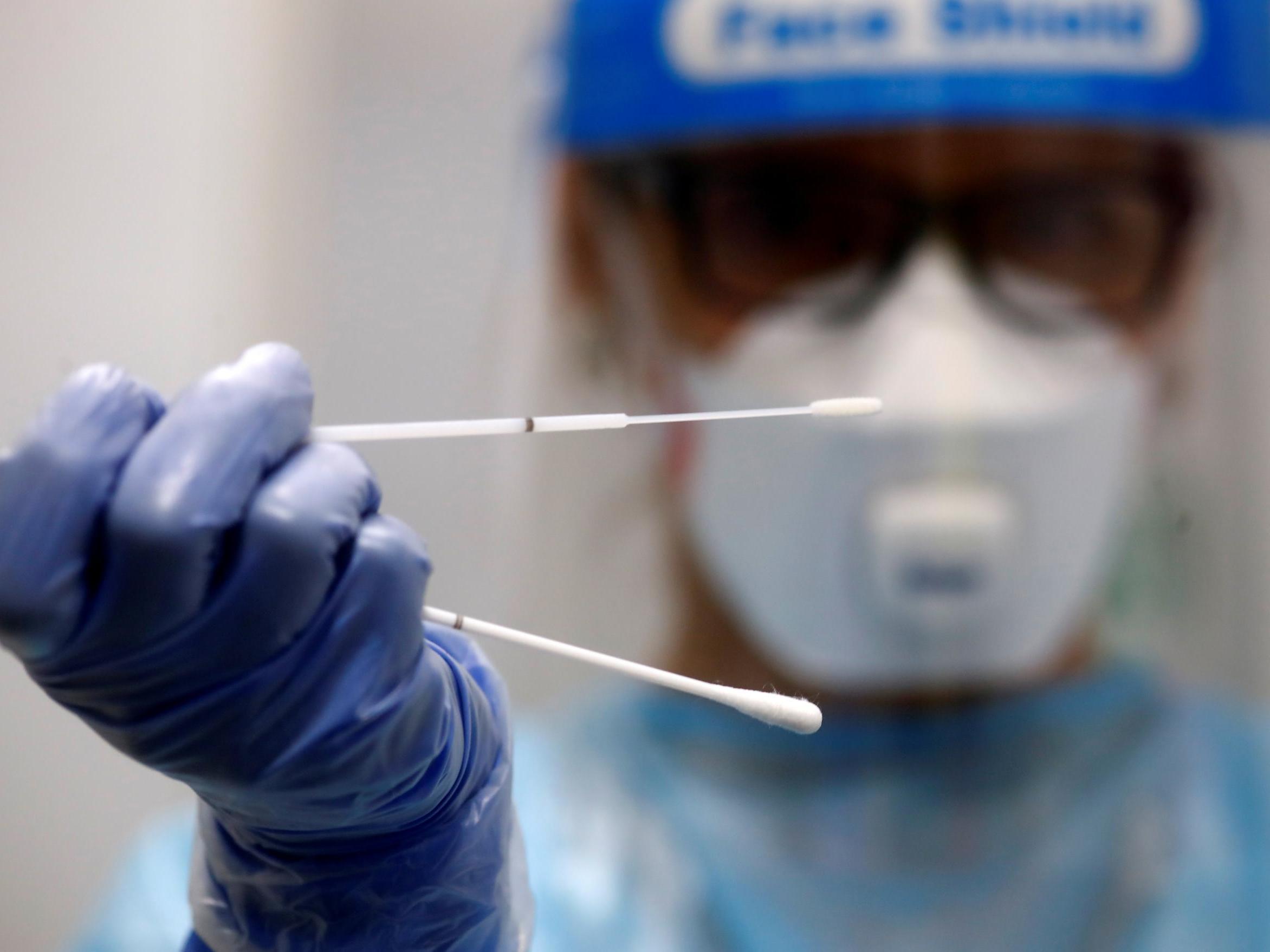Coronavirus: Government removes 1.3m tests from daily data after double-counting error
Changes mean fewer in-person tests were carried out than previously reported

More than 1.3 million coronavirus tests have been removed from the government’s data on tests that have been made available, after an error led to them being counted twice.
The change was quietly made to the national data set, which is updated daily, on the same day that the Department of Health and Social Care announced new ways to count deaths linked to Covid-19.
The 1,308,071 tests were double-counted after they were first included in figures for tests that were sent out to testing sites such as hospitals and care homes between 14 May and 11 August. When the tests were sent back and processed by the government’s Lighthouse Laboratories, they were counted again.
The Department of Health and Social Care (DHSC) said the amount of double-counting was a small proportion of the total 11.4m tests carried out during the same period. However, it again underlines the difficulties the government has had in providing clear transparent data.
It was forced into a change on counting deaths earlier this week after criticism from experts that the total count of deaths was inaccurate. The new measure, under which only deaths within 28 days of a positive test are counted, revised down the UK death toll from the coronavirus by more than 5,000.
Ministers have also faced criticism from the UK Statistics Authority. In June, the head of the authority, Sir David Norgrove, wrote to the health secretary, Matt Hancock, saying: “The aim seems to be to show the largest possible number of tests, even at the expense of understanding.”
The DHSC said it first became aware of a problem in July, and the revision in the number of tests meant that, in effect, fewer “in-person” tests where a patient was swabbed have been carried out than first reported. But the DHSC said it meant more tests had been carried out in hospitals and care homes than originally thought.
The adjustment does not affect the government’s hitting its target of 100,000 tests a day by the end of April – which was only achieved because of thousands of postal tests that had been sent out but not returned being counted in the figures.
The DHSC said the removal of double-counted tests meant there was one extra day where tests were below 100,000.
Alongside the revised testing results, the DHSC has also added 100,000 tests to its “pillar 4” total, which refers to the use of antibody testing, after the tests were sent out as part of a national surveillance study.
On the government’s coronavirus data webpage, an explanatory note published on Wednesday evening said: “An adjustment of -1,308,071 has been made to the historic data for the ‘tests made available’ metric. The adjustments have been made as a result of more accurate data collection and reporting processes recently being adopted within pillar 2 and a subsequent adjustment of the data we reported between 29 March 2020 and 12 August 2020.
“These new data processed identified tests that had previously not been readily identifiable at the labs processing stage, and tests that had been sent out by a testing channel on behalf of another channel.
“This resulted in a double-counting of test kits that had been dispatched and which had not been removed from the labs processed data.
“In identifying this data pillar 2 established that fewer in-person tests had been conducted than originally reported, and more tests had been sent to NHS trusts and care homes than originally reported.”
A DHSC spokesperson said: “In July we became aware of an overcounting issue which we publicly and transparently acknowledged and have since sought to clarify these figures subsequently.
“This does not change the fact that we have rapidly built, from scratch, the largest diagnostic testing industry in British history with over 13 million tests delivered and capacity to test 300,000 every day.”
Subscribe to Independent Premium to bookmark this article
Want to bookmark your favourite articles and stories to read or reference later? Start your Independent Premium subscription today.

Join our commenting forum
Join thought-provoking conversations, follow other Independent readers and see their replies